I think it’s safe to say that we all like to do things that interest us. Who wants to learn something new when it’s not interesting? This is a constant battle we are fighting as teachers. How can I engage students more?
My favorite answer is to differentiate instruction in the classroom.
Differentiation makes content, activities, and assessments more accessible to students. There are many different ways to differentiate, and each strategy has its place in the classroom. But differentiating by interest is a sure way to peak engagement in your math class.
Let’s explore how you can differentiate by interest in your math instruction, practice, and assessment.

What does it mean to differentiate instruction in the classroom according to interest?
You are probably most familiar with differentiation in a math class with leveled or tiered groups and assignments. While this differentiation strategy is critical in math, it’s not the only one that can make a difference with students.
To differentiate instruction in the classroom according to interest, use your students’ interests to drive instruction, practice, and assessment. But how do you know what they are interested in?
One way is to get to know your students. Parents are always so surprised about how well we know their kids. Teachers are observant, and we spend so much time with our students that it’s hard to miss what interests them.
Another way to know what interests your students the most is through an interest inventory. Here’s a free and simple interest inventory that will do just the trick. Your students can quickly complete it, and you’ll have some good information on their thoughts about math and the things that interest them the most.
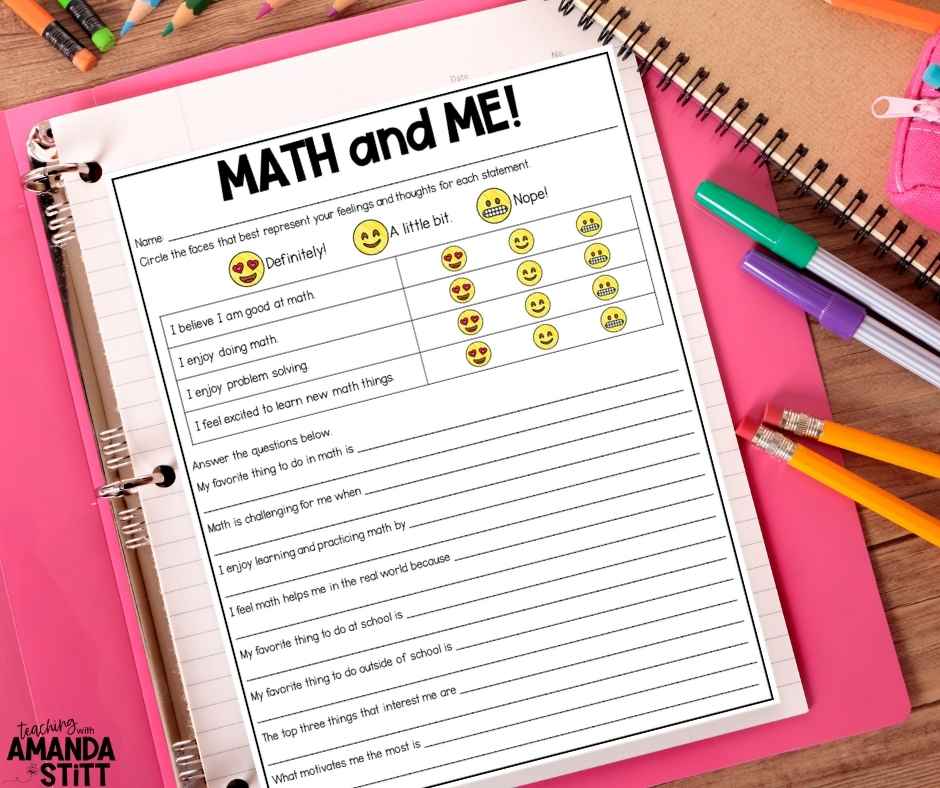
I’m sure you have a variety of ways that you utilize to get to know your students. Use them and consider how to use those interests in your instruction.
What does it look like to differentiate instruction in the classroom according to interest?
Like all things differentiation, differentiating by interest can look different in every classroom. But here are some examples that you can try out.
Instruction
Use the things that interest your students to provide meaning and relevance to the math skills you are teaching.
For example, a student may struggle to understand decimals as an isolated math skill, but what if you showed them decimal numbers as baseball statistics? Your little sports-fanatic student might start to see and understand decimals completely new.
Or you could use music notes to teach your little music lovers fractions.
What about your little cooks or bakers? Help them learn measurement conversion through the eyes of a chef.
Some math concepts are easier to tie things to, and not every student will connect with everything you use, but it might make all the difference for some students when you work to differentiate instruction in the classroom.
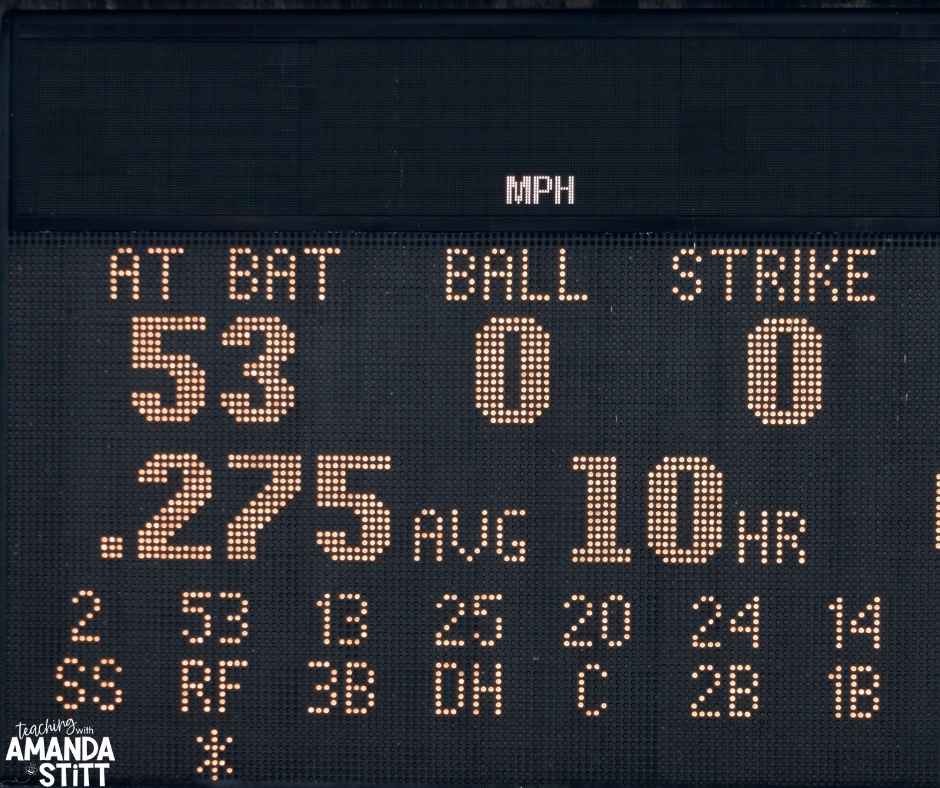


Practice
Another strategy to differentiate instruction in the classroom by interest doesn’t tie into each student’s interest but their learning preferences.
Learning choice boards or menus are a great way to utilize this strategy. You can easily create a choice board with 3-5 activities for students to complete (don’t give them too many options because it might overwhelm them). They then can use their interests and preferences to guide their practice opportunities.
For example, if you want students to practice finding equivalent fractions, you might create a choice board that lists a computer activity, a game, a worksheet, and a partner activity they can work on. All the activities are practice opportunities to help them develop their fraction skills. But you’ve allowed them to choose the activity that interests them the most.
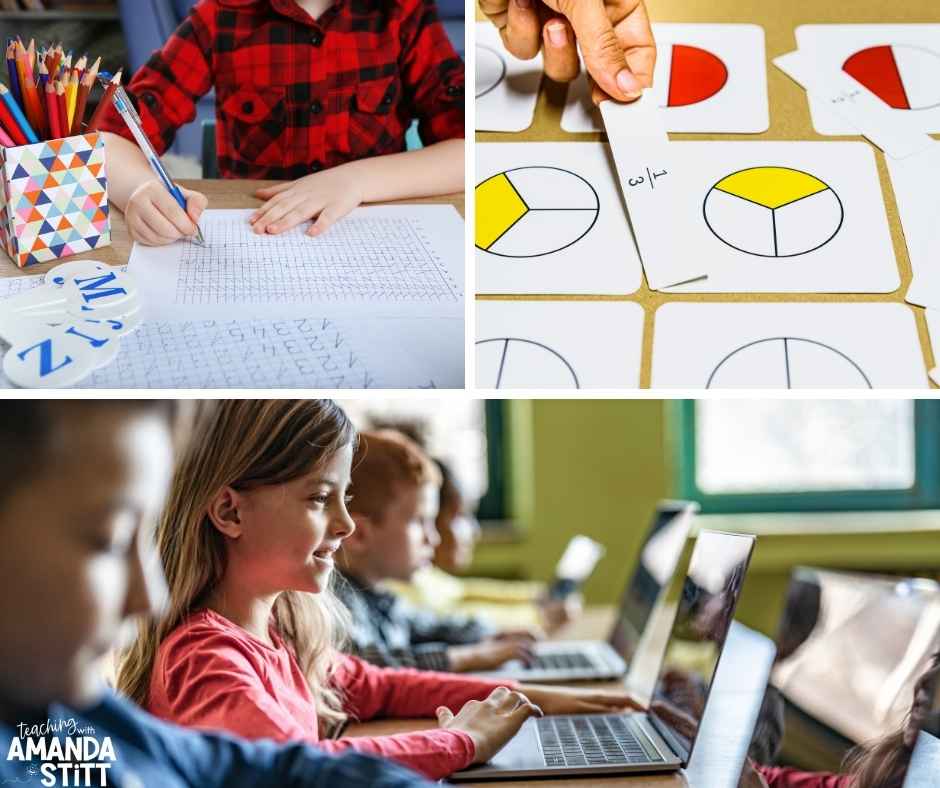
A simple and manageable way to allow your students’ interests to guide their learning.
Assessment
Assessments are similar to instruction and practice in that students may struggle to understand a concept in isolation, but when the math concept is provided in a context that interests them, they may be able to show their understanding a little more.
One of my favorite ways to assess student understanding is with math projects. Two types of projects would work well to differentiate instruction in the classroom by interest.
1. Project-based learning
Pose a question or challenge to students and have them work to figure it out.
Remember that sports-fanatic students are learning decimal place values? Their assessment could be that they create a stat report around their favorite baseball team. They can research the team and player stats and use that information to demonstrate various place value skills.
Then, you can give them a list of things they need to do in their project. For example, they must compare two players’ batting averages and write the pitcher’s ERAs in word and expanded forms.
You don’t have to create a whole new assessment for each student. You could create a few open-ended questions and let students pick a topic that would fit inside the requirements you’ve established.
2. High-Interest Math Projects
Are you looking for something that has specific right and wrong answers? Try a high-interest math project, like the Math City project. These projects require students to practice grade-level standards meaningfully and engagingly.
Do you have students interested in sports? Check out the Math City baseball project. What about baking? Take a look at the Math City bakery project. And don’t forget about the kids that like the outdoors. The Math City park project will peek their interest!
These standards-based projects are aligned with grade-level standards and are available in 3rd, 4th, and 5th-grade math standards and are a great way to differentiate instruction in the classroom.
To differentiate instruction in the classroom by interest, it can be as simple or involved as you want to make it. But no matter how you implement this strategy, it will make a huge difference in your math class. Differentiating by interest engages students and helps to make math concepts and skills more accessible to them.
Try one of these strategies, and let me know how it went!



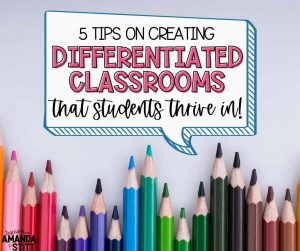
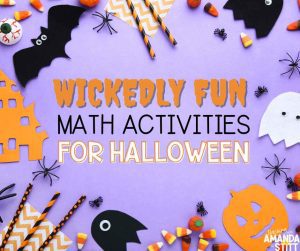


No Comments